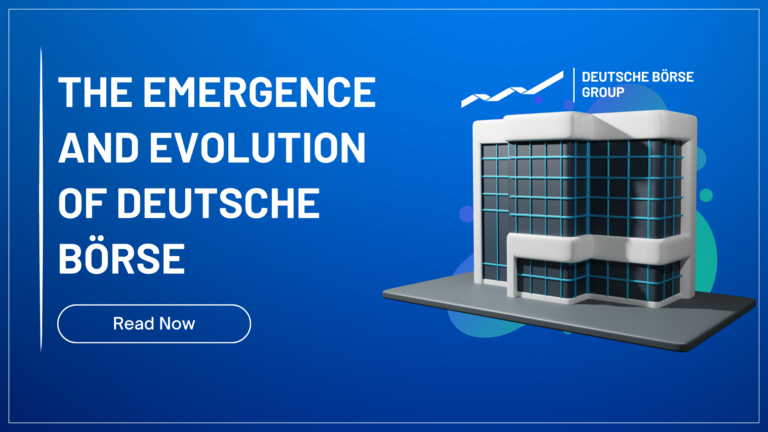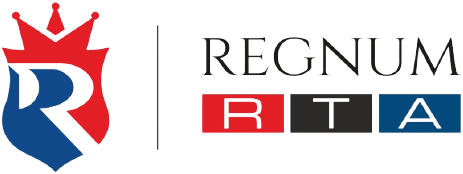
The Emergence and Evolution of Deutsche Börse
Deutsche Börse, one of the world’s leading stock exchanges, traces its roots back to the late 16th century, making it one of the oldest in existence. Officially established in 1585, it took root as the Frankfurt Stock Exchange in Frankfurt, Germany’s financial heart.
The initial years were modest, primarily dealing with coins, bills of exchange, and precious metals. However, the Napoleonic wars and ensuing economic instability forced the bourse to diversify its trade portfolio. In 1820, it began dealing in government bonds, paving the way for a more diverse marketplace.
The 19th century was transformative. With the advent of the industrial revolution and railway boom, new securities found their way into the market. This period saw the Frankfurt Stock Exchange becoming an increasingly significant financial hub in Europe.
However, the world wars brought about unprecedented disruption. Post-WWII, the exchange was closed, only to reopen in 1949. The subsequent decades were characterized by economic growth and recovery.
The 1980s and 90s brought technological innovations to the exchange. Deutsche Terminbörse, an electronic trading platform, was established in 1987, marking a shift towards digitization. In 1992, Deutsche Börse AG was formed as a holding company overseeing the Frankfurt Stock Exchange and Deutsche Terminbörse.
With the dawn of the 21st century, Deutsche Börse expanded its portfolio, acquiring Clearstream (2002), an international central securities depository, and the US-based International Securities Exchange (2007).
The 2010s saw the launch of Xetra, an electronic trading system, and Eurex, a derivatives exchange. Furthermore, in 2018, Deutsche Börse purchased a majority stake in GTX’s ECN (Electronic Communication Network), emphasizing its focus on fintech and digitization.
Today, Deutsche Börse stands as one of the world’s leading stock exchanges, with a comprehensive range of services, from securities and derivatives trading to clearing, settlement, and market data provision. Its journey reflects not just the evolution of financial markets, but also the resilience and innovation required to navigate global changes over centuries.
